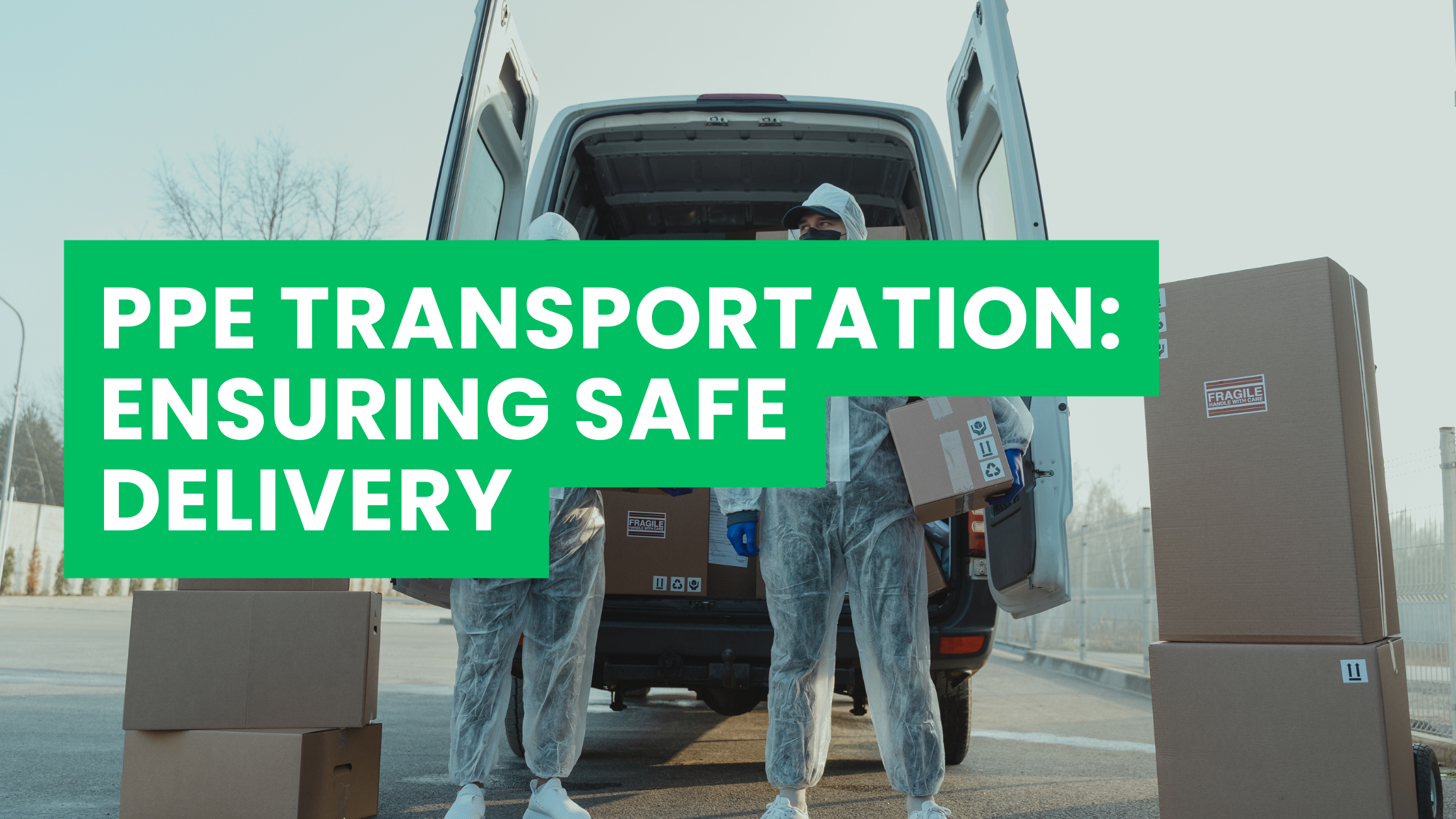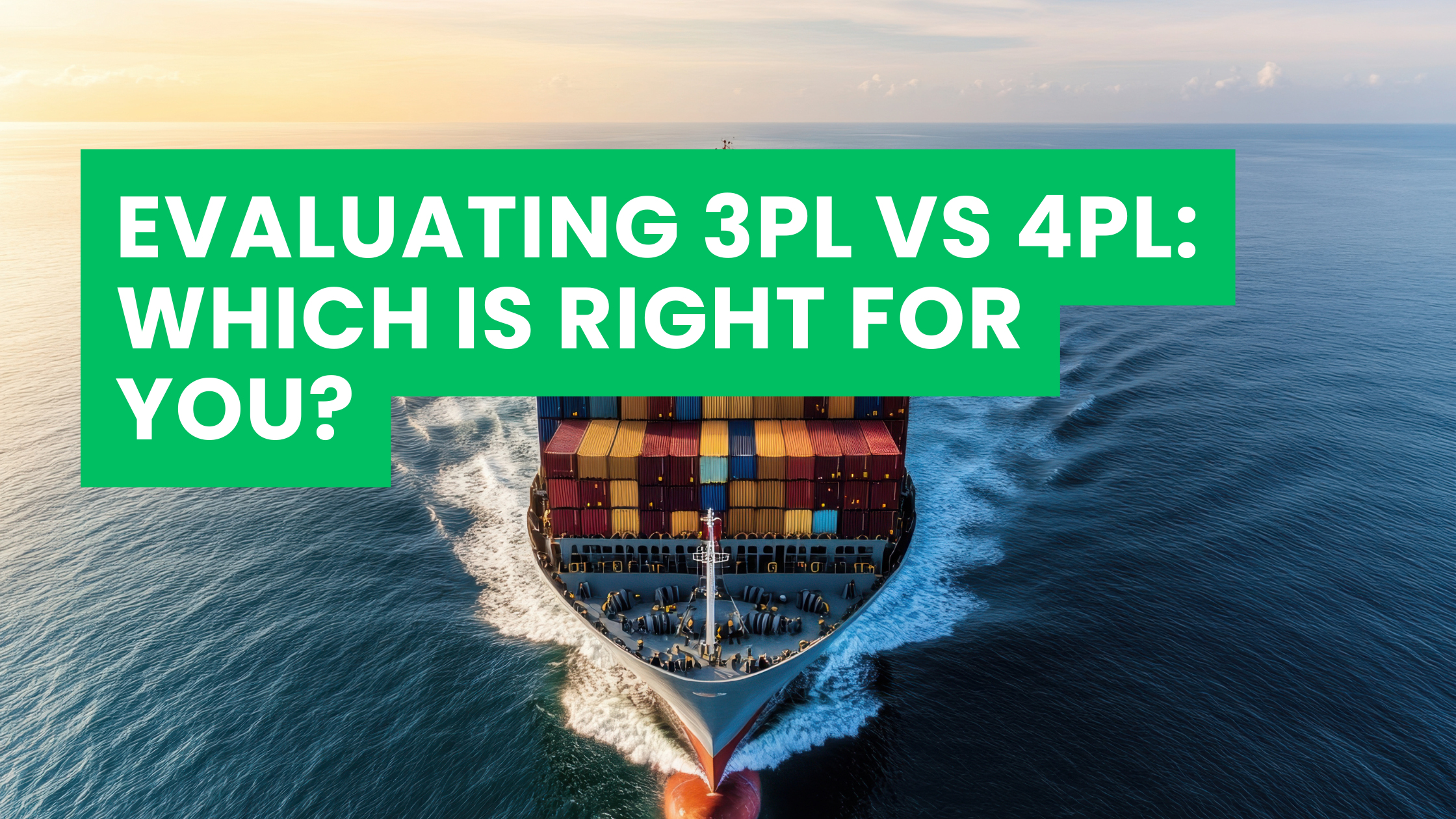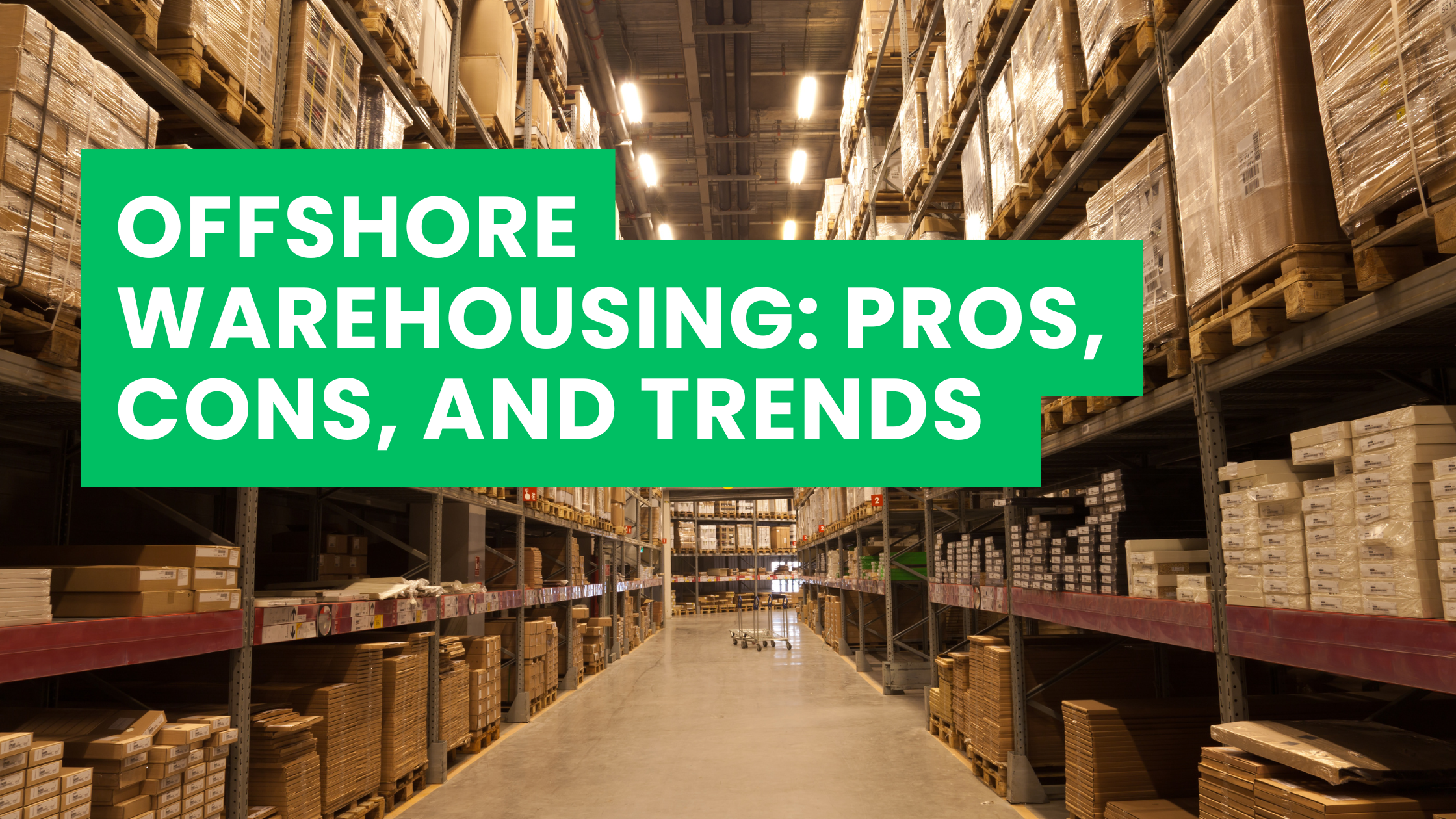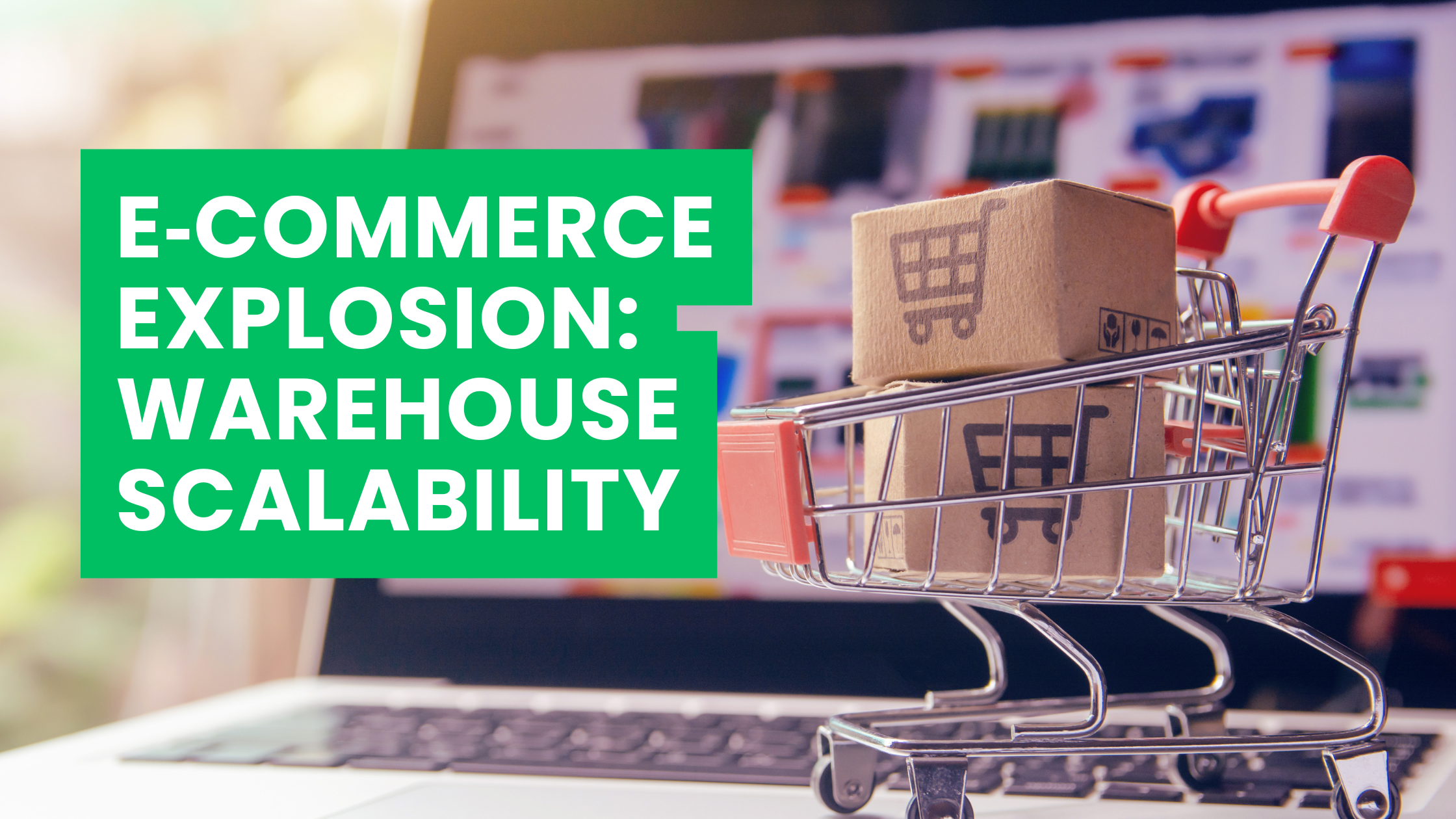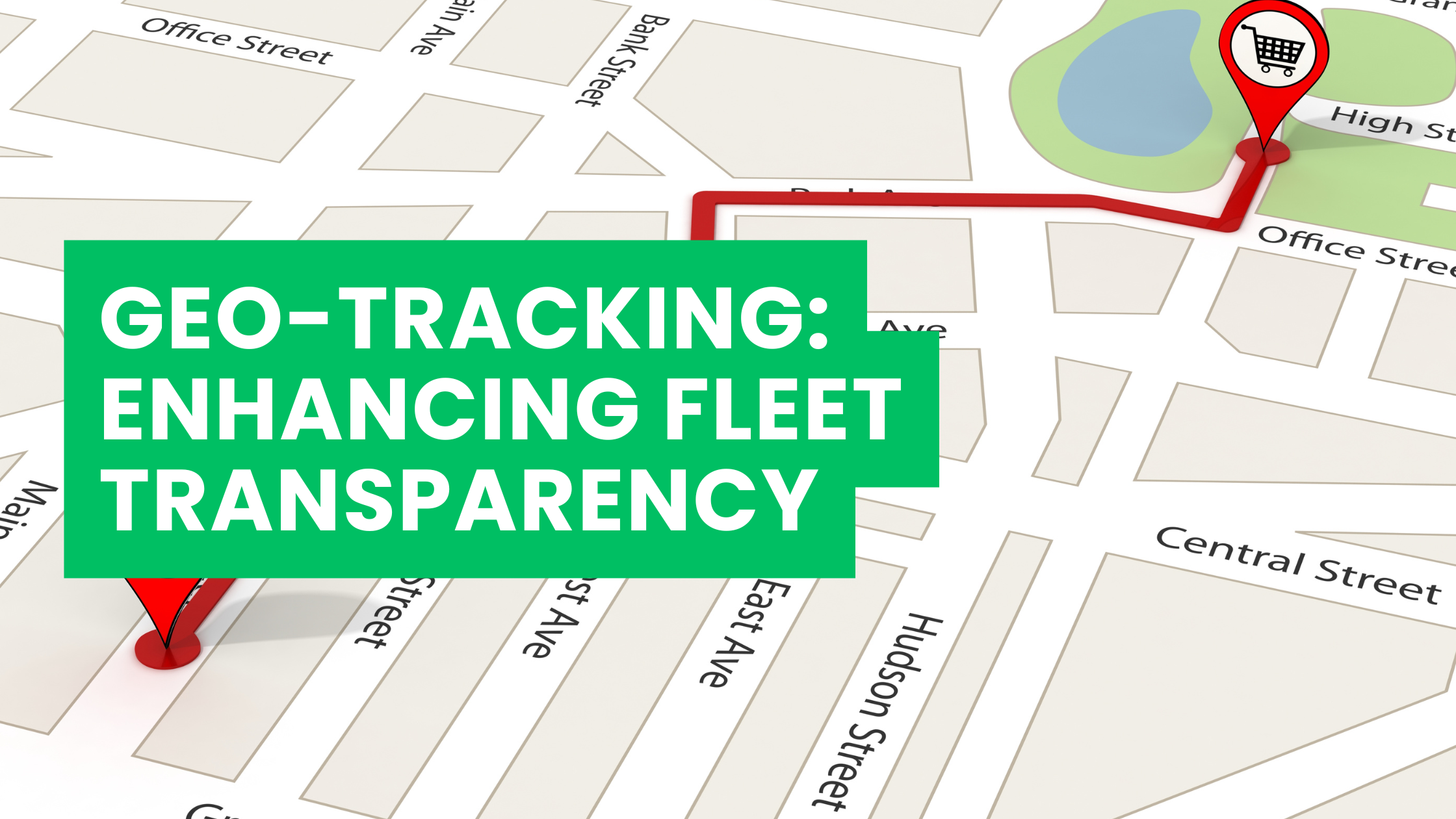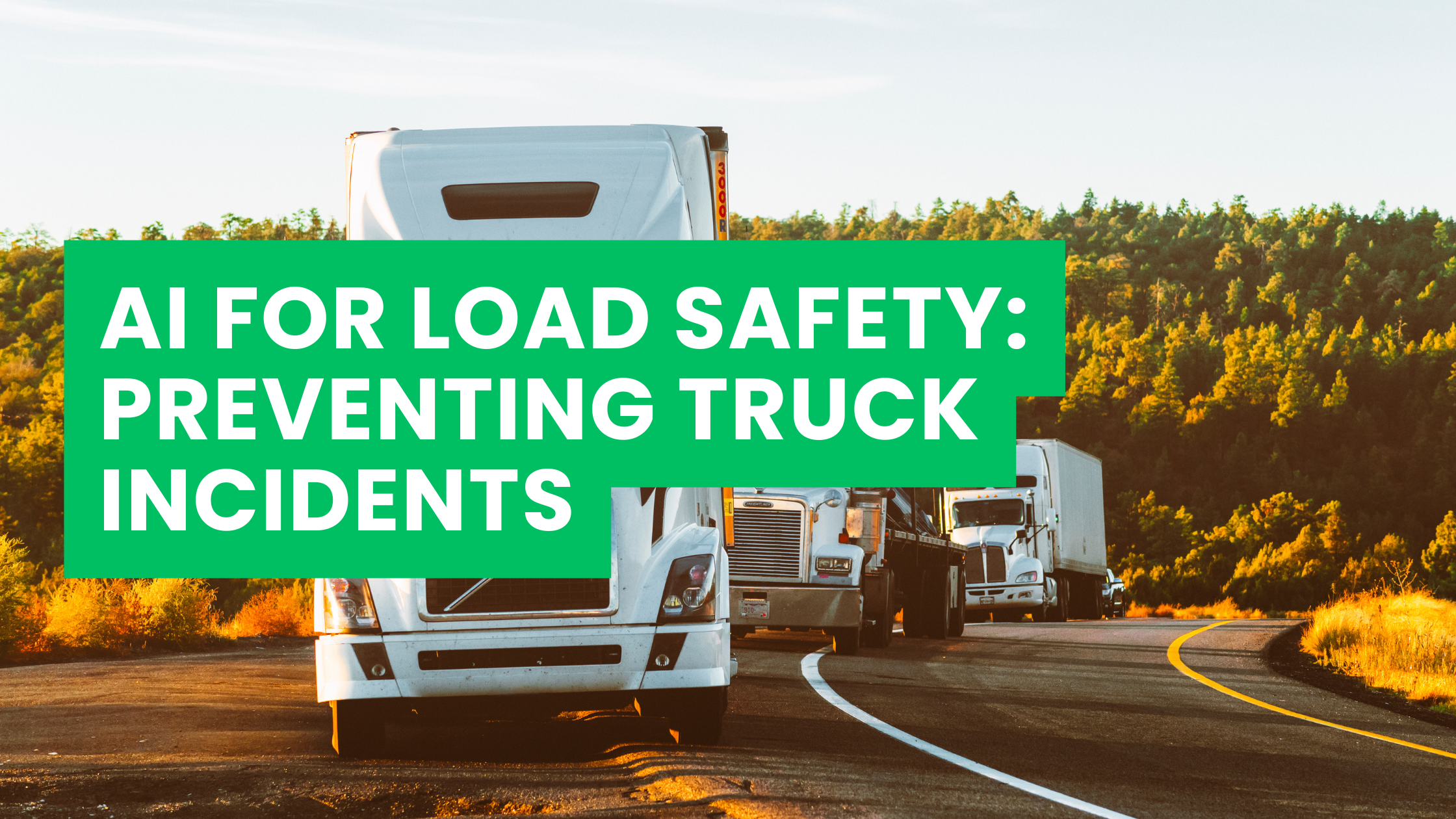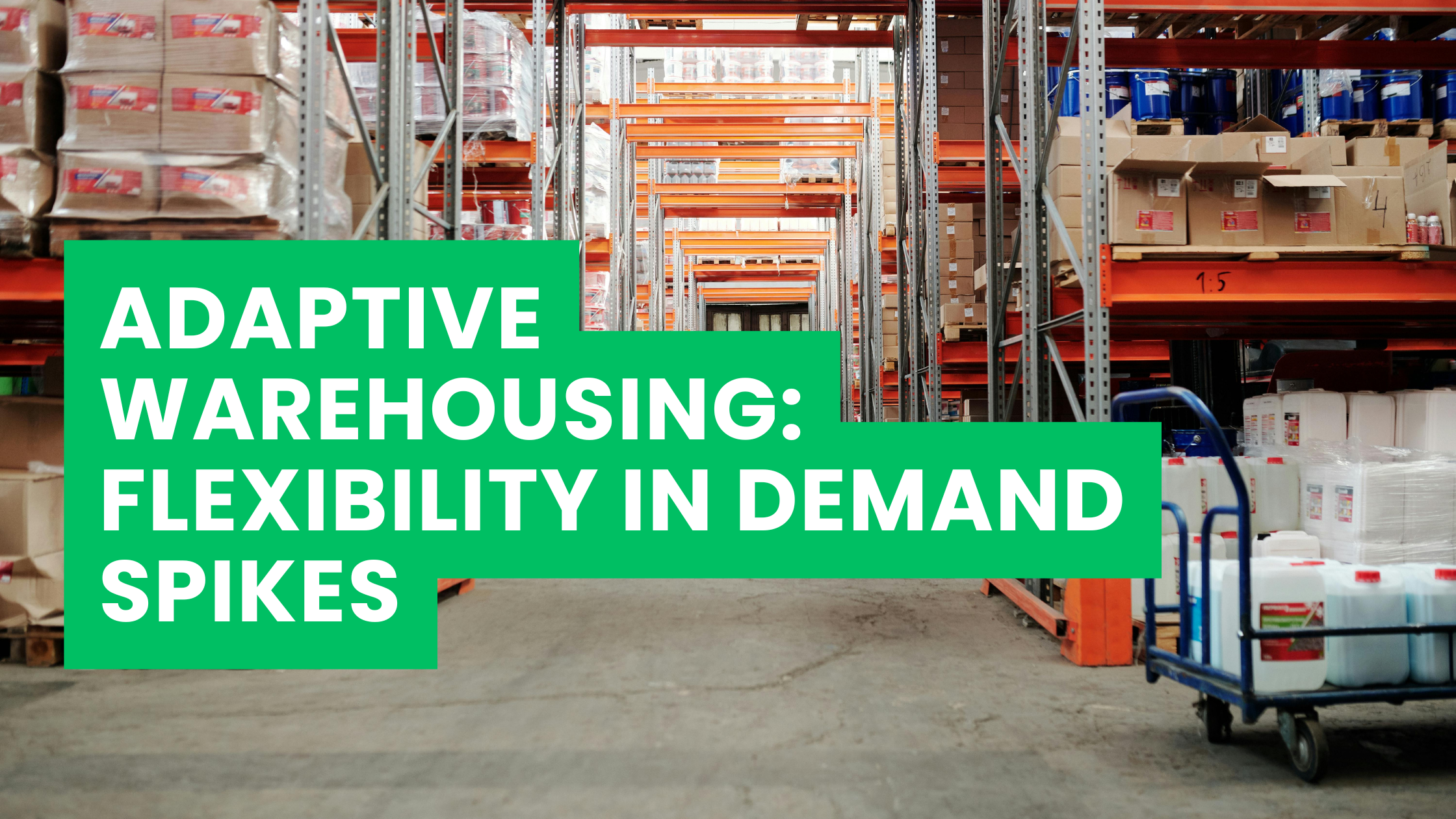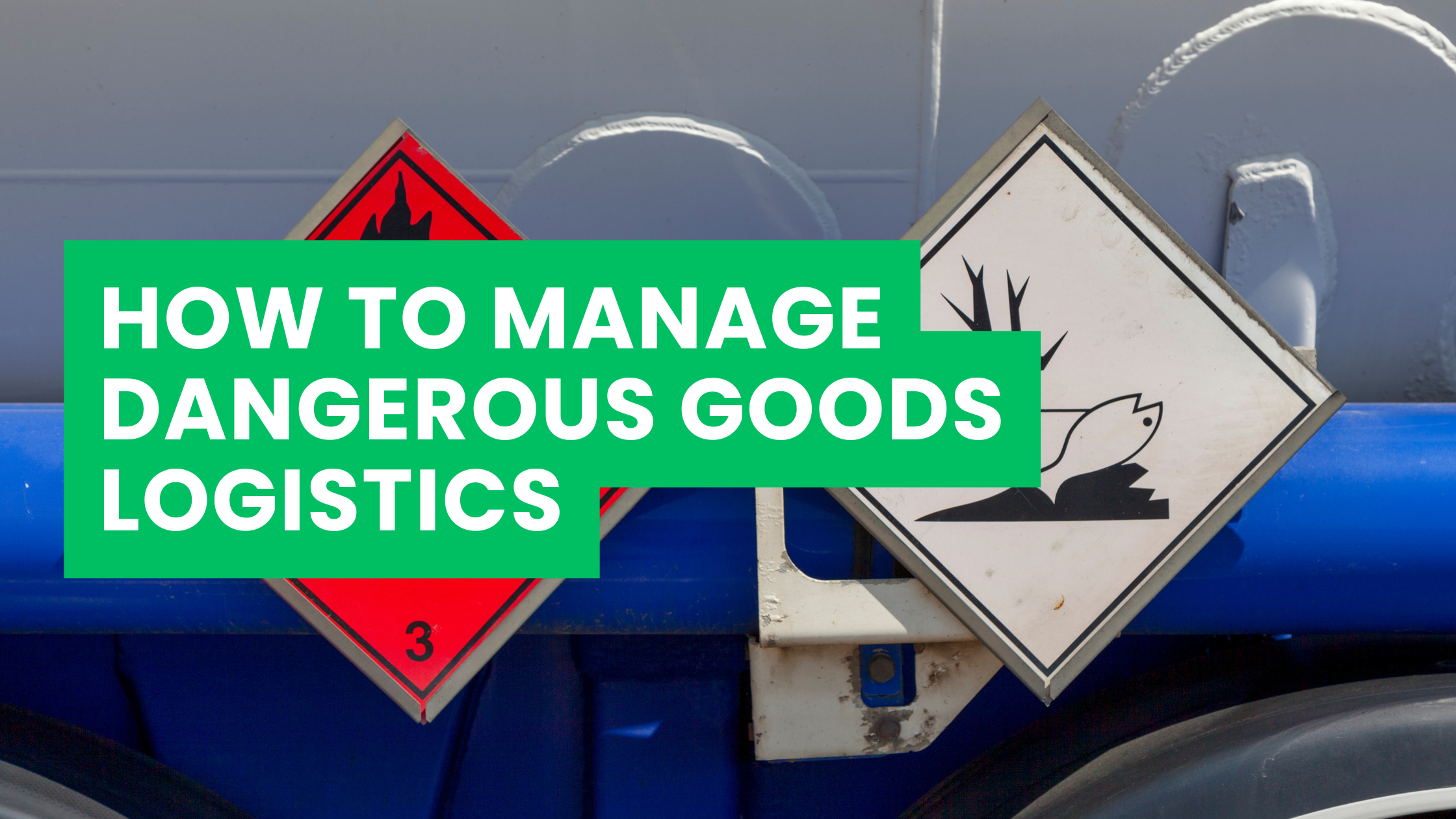Introduction
The global demand for Personal Protective Equipment (PPE) has surged dramatically in recent years. From face masks and gloves to medical gowns, respirators, and safety goggles, PPE plays a critical role in protecting workers across healthcare, construction, manufacturing, and logistics industries. Ensuring safe, timely, and compliant transportation of PPE has therefore become a mission-critical task for organizations worldwide.
However, PPE transportation is not as simple as moving boxes from one place to another. It involves a complex interplay of regulations, specialized packaging requirements, time-sensitive deliveries, and strict quality assurance checks. ASL International, with its global logistics expertise, specializes in making sure that PPE reaches its destination securely, on time, and in perfect condition.
This blog explores the challenges of PPE transportation, the key strategies to ensure safe delivery, and how ASL International provides end-to-end solutions for global clients.
The Importance of PPE in Today’s World
Safeguarding Human Lives
PPE is the frontline defense for millions of professionals—from doctors and nurses in hospitals to engineers on construction sites. Without proper protective equipment, the risks of infections, accidents, or hazardous exposure rise significantly.
Global Dependence
The supply chain of PPE is highly international. A mask may be manufactured in Asia, tested in Europe, and distributed across Africa or the Middle East. This global interdependence underscores the importance of reliable international logistics.
Reputation and Compliance
For businesses, ensuring PPE delivery isn’t just about product movement—it’s about reputation. Delays, damaged goods, or compliance issues can erode trust and result in financial and legal consequences.
Challenges in PPE Transportation
Transporting PPE presents unique hurdles that differ from other forms of logistics:
1. Time Sensitivity
PPE shipments are often urgent. Hospitals, emergency response units, and industrial plants cannot afford delays, especially in crisis scenarios like pandemics or natural disasters.
2. Regulatory Complexity
PPE falls under regulated goods in many countries. Items like respirators or surgical masks may require import licenses, certifications, and compliance with health and safety standards.
3. Temperature and Storage Requirements
Certain PPE, especially medical-grade products, must be kept in temperature-controlled environments to maintain their effectiveness and sterility.
4. Packaging and Handling
Improper packaging can compromise PPE. Torn gowns, crushed boxes of masks, or contaminated gloves render products useless. Secure, tamper-proof packaging is non-negotiable.
5. Global Disruptions
Geopolitical tensions, port congestion, or sudden policy changes can disrupt PPE supply chains, making resilience and adaptability vital.
Best Practices for Safe PPE Transportation
ASL International employs global best practices to safeguard PPE logistics. These practices cover every stage of the supply chain.
1. Strategic Sourcing and Vendor Alignment
- Working only with certified manufacturers and suppliers.
- Verifying regulatory compliance at the source.
- Aligning production schedules with shipment windows.
2. Specialized Packaging Solutions
- Multi-layer packaging to protect against contamination.
- Use of moisture-resistant and tamper-proof seals.
- Labelling that meets international safety standards.
3. Temperature-Controlled Logistics
- Cold-chain solutions for PPE requiring strict climate control.
- Smart monitoring systems for real-time alerts on temperature deviations.
4. Customs and Compliance Expertise
- Pre-clearance of documentation to avoid delays.
- Knowledge of specific country requirements (CE, FDA, ISO certifications).
- Leveraging ASL International’s IOR/EOR services for compliant imports.
5. Real-Time Tracking and Visibility
- IoT-enabled tracking for end-to-end shipment visibility.
- Proactive updates on shipment status.
- Alerts for potential delays or risks.
6. Emergency Response Capabilities
- Expedited air freight services for urgent deliveries.
- Pre-positioned inventory hubs in key regions.
- Contingency planning to reroute shipments during disruptions.
The Role of Technology in PPE Logistics
Digital transformation is revolutionizing how PPE is transported. ASL International leverages technology to enhance safety and efficiency:
Blockchain for Transparency
Blockchain ensures authenticity of PPE shipments, preventing counterfeit or substandard products from entering the supply chain.
AI-Powered Forecasting
AI algorithms help predict demand surges, allowing proactive stock movement and reducing shortages during crises.
IoT-Enabled Tracking
Smart sensors monitor location, temperature, and package integrity, ensuring full visibility at every stage.
Digital Documentation
E-certificates and automated customs filings streamline clearance, reducing time and manual errors.
Case Study: Ensuring PPE Delivery During a Global Crisis
During the COVID-19 pandemic, global PPE shortages posed massive challenges. ASL International stepped in to support governments, NGOs, and healthcare providers:
- Challenge: Urgent need for millions of masks and gowns, with airports closed and customs backlogged.
- Solution: ASL leveraged chartered air cargo, pre-cleared customs paperwork, and last-mile delivery partnerships.
- Outcome: Over 50 million units of PPE delivered across 30 countries within tight timelines, ensuring healthcare workers had the protection they needed.
Risk Management in PPE Transportation
Risk management is central to safe PPE delivery. ASL International implements:
- Supplier Audits – to confirm quality and compliance.
- Route Optimization – to minimize transit risks.
- Insurance Coverage – to protect against losses.
- Backup Carriers and Routes – to ensure delivery even during disruptions.
Sustainability in PPE Logistics
Beyond safety, sustainability is increasingly important. ASL International incorporates eco-friendly practices:
- Use of recyclable packaging materials.
- Carbon-offset programs for air freight.
- Optimized routing to reduce emissions.
- Partnerships with green-certified carriers.
This commitment ensures PPE transportation not only saves lives but also supports environmental responsibility.
Why Choose ASL International for PPE Logistics?
ASL International stands out as a trusted partner for global PPE transportation due to:
- Global Reach: Operations in 120+ countries.
- Compliance Expertise: Deep knowledge of international regulations.
- Speed and Reliability: Proven track record in time-sensitive shipments.
- Custom Solutions: Tailored logistics plans for each client.
- 24/7 Support: Dedicated teams for real-time problem solving.
Conclusion
PPE transportation is more than just logistics—it’s a responsibility that impacts lives, safety, and business continuity. With rising global demand, organizations cannot afford delays, compliance errors, or damaged shipments.
ASL International ensures safe PPE delivery through robust processes, advanced technologies, and global expertise. Whether it’s a hospital awaiting critical supplies, or an industrial site preparing for operations, ASL guarantees that PPE arrives safely, securely, and on time.
